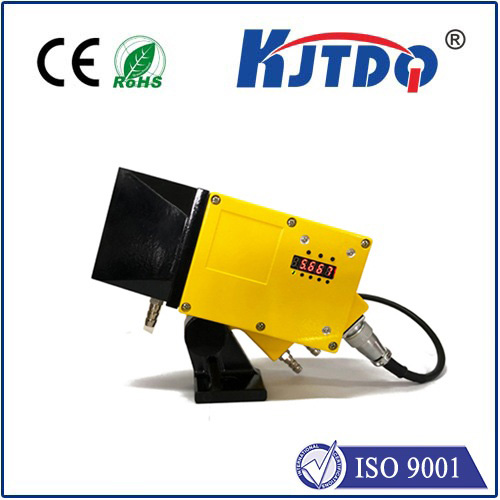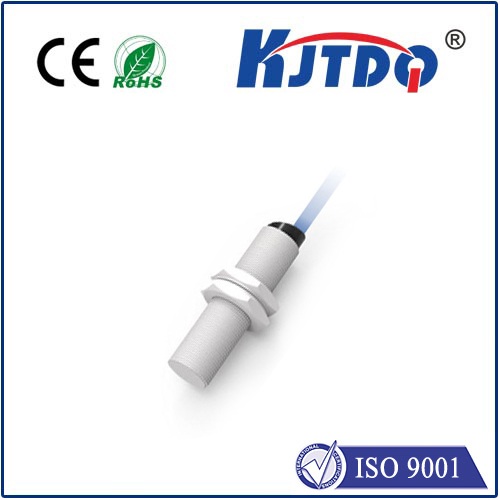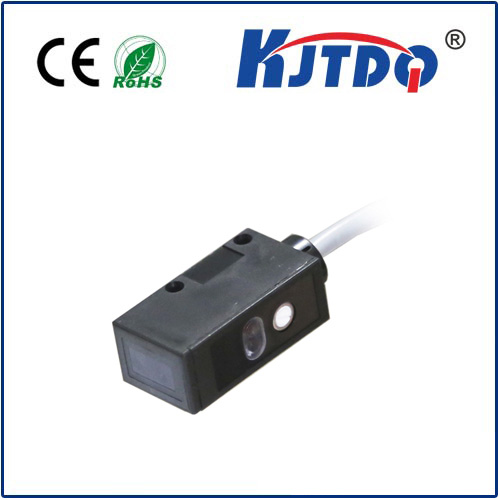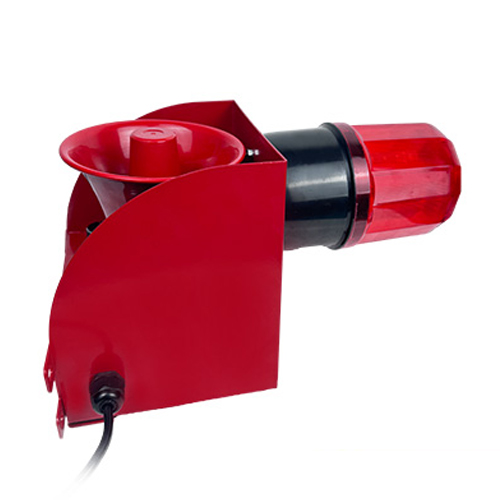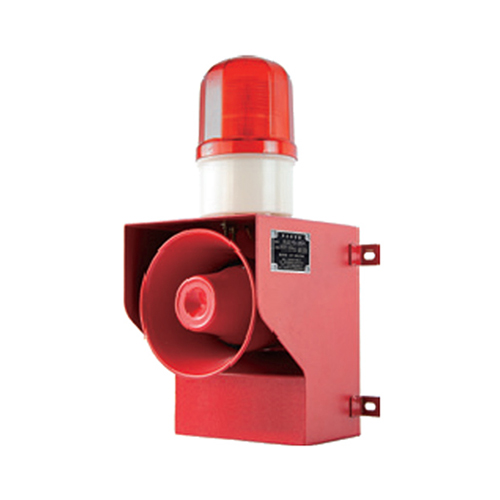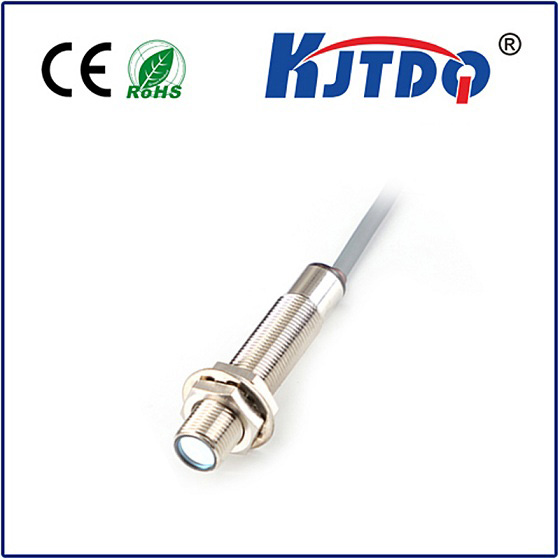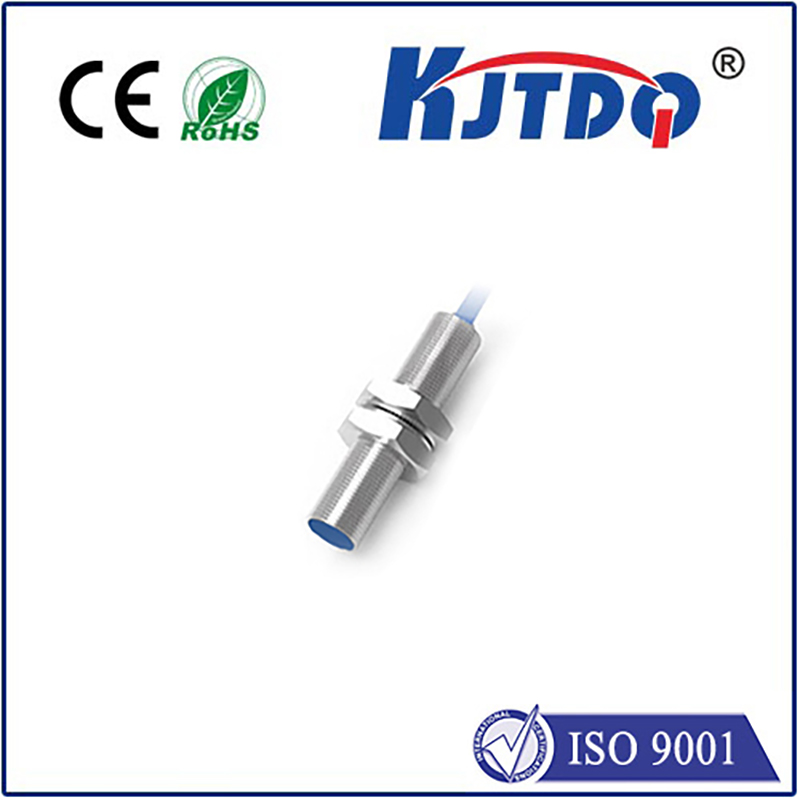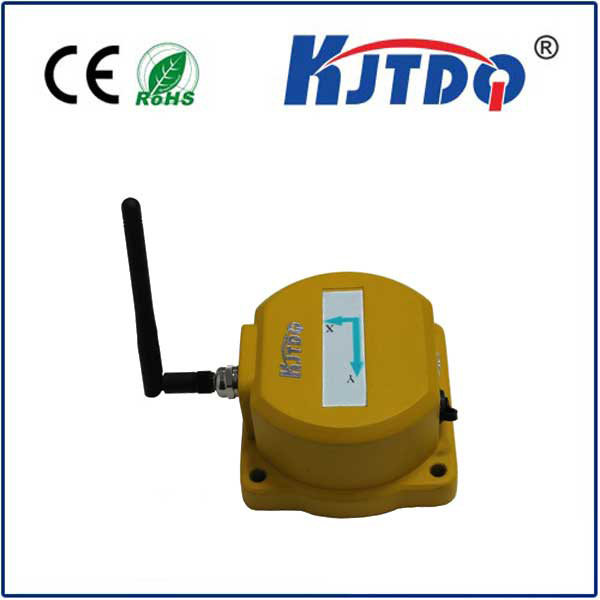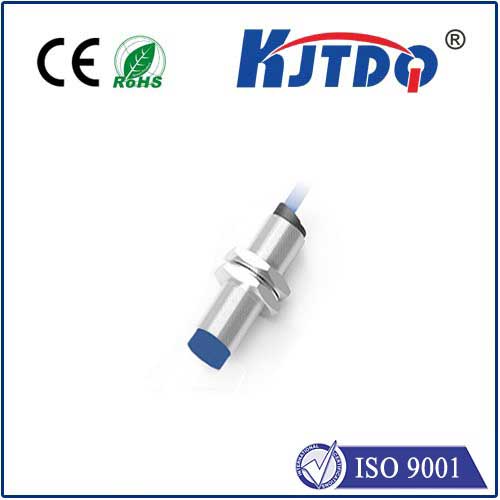ограничительный переключатель кодера
- time:2025-08-04 12:31:03
- Нажмите:0
Encoder Limit Switches: The Unsung Guardians of Precision Motion Control
Imagine a high-speed robotic arm performing intricate assembly tasks. Its movements are fluid and precise, thanks to sophisticated feedback systems. Now, picture what happens when that arm reaches the absolute edge of its designed travel path. Without a critical safeguard, it could crash violently, causing catastrophic damage to itself, the product, or even nearby personnel. This is where the ограничительный переключатель кодера steps in – a vital, often overlooked component ensuring safety and reliability at the boundaries of motion.
At its core, a limit switch is a fundamental safety device. Its primary role is to detect the physical presence of an object or the absolute endpoint of travel for a moving part in a machine. Traditionally, this might be a simple mechanical switch triggered by a cam or lever. However, in modern precision motion systems relying heavily on rotary encoders for accurate position and velocity feedback, the concept of the encoder limit switch emerges as a more sophisticated solution.
Understanding the Players: Encoders and Traditional Limits
- Rotary Encoders: These are the workhorses of motion feedback. They convert the angular position or movement of a shaft into an electrical signal – either digital pulses (incremental encoders) or a unique digital code for each position (absolute encoders). This constant stream of position data is fed back to the motion controller, enabling precise control over speed, position, and direction.
- Traditional Limit Switches: Typically electromechanical devices, they are physically placed at the desired travel endpoints. When a moving component contacts the switch’s actuator, it changes state (e.g., opens or closes a circuit), immediately signaling the controller to stop or reverse motion. They provide hard stops, a last line of defense against over-travel.
The Encoder Limit Switch: Beyond the Physical Click
So, what exactly defines an “encoder limit switch”? It’s not usually a single, distinct physical device labeled as such. Instead, it represents the integration of the encoder’s position feedback capability to function as a limit detection system, often working in tandem with physical switches for maximum safety. Here’s how it works:

- Defining the Boundaries: Within the motion controller’s software, engineers program specific position thresholds corresponding to the absolute maximum and minimum allowable travel positions. These are the software-defined limits or soft limits.
- Constant Position Monitoring: The rotary encoder continuously feeds high-resolution position data back to the controller in real-time.
- Position Threshold Comparison: The controller constantly compares the actual position reported by the encoder against the pre-set soft limits.
- Triggering the Limit Action: When the encoder feedback indicates that the axis is approaching (a warning zone) or has reached the soft limit position, the controller initiates a pre-programmed action. This could be:
- Issuing a controlled deceleration command to stop smoothly before hitting the physical hard stop.
- Commanding an immediate stop.
- Triggering a controlled reversal of direction.
- Sending an alarm signal to the system operator or higher-level controller.
Why Rely on the Encoder for Limits? Key Advantages
Utilizing the encoder for limit functions offers significant benefits over relying solely on mechanical switches:
- Precision & Repeatability: Encoders provide extremely high-resolution position data. Soft limits based on this data can be set with micron-level accuracy, far exceeding the positioning accuracy achievable by physically mounting and triggering a mechanical switch. This ensures the machine stops at the exact programmed safe point, every single time.
- Non-Contact Operation (Mostly): While the encoder itself is a sensor, detecting the position limit via its signal avoids the need for physical contact at the precise limit point. This eliminates wear on mechanical actuators and reduces false triggers caused by vibration or shock, enhancing long-term reliability.
- Flexibility and Ease of Adjustment: Changing a travel limit requires only a software parameter modification, not physically repositioning a switch. This is invaluable during machine setup, calibration, or process changes, saving significant time and effort.
- Predictive Control: Because the controller knows the precise position and velocity via the encoder, it can initiate smooth, controlled deceleration profiles before reaching the soft limit. This prevents harsh, damaging stops and reduces mechanical stress on the system. It essentially provides over-travel protection proactively.
- Synchronization with Control Logic: Encoder-based limits are seamlessly integrated into the core motion control sequence, enabling complex coordinated actions when a limit is approached or reached.
The Essential Partnership: Soft Limits and Hard Stops
It’s crucial to understand that encoder-based soft limits, while powerful, do not replace physical hard limit switches in critical safety applications. They act as the first line of defense:
- Soft Limit (Encoder-Based): Detects approach to the boundary and commands a controlled, graceful stop or reversal within the normal operating range. This is the primary safety layer for over-travel prevention.
- Hard Limit (Mechanical/Emergency Stop): Physically positioned just beyond the soft limit’s boundary. It acts as an independent, fail-safe backup. If the soft limit fails (due to encoder fault, controller error, signal loss, or unexpected high inertia), the mechanical switch is triggered by physical contact, commanding an immediate, uncontrolled emergency stop (e.g., cutting motor power via a safety relay). This is the critical last-resort protection.
This redundant two-tiered safety approach – using the encoder for precise soft limits and physical switches for emergency hard limits – is considered industry best practice for ensuring maximum machine safety and reliability.
Where Encoder Limit Protection is Critical
This technology is indispensable in applications demanding high precision and safety:
- Industrial Robotics: Protecting robotic arms within their complex work envelopes.
- CNC Machining Centers: Preventing cutting tools or axes from crashing into machine frames, chucks, or fixtures. Essential for spindle protection and table travel limits.
- Semiconductor Manufacturing Equipment: Safeguarding delicate and expensive wafers and components during high-precision positioning.
- Automated Guided Vehicles (AGVs) / Autonomous Mobile Robots (AMRs): Defining travel boundaries within corridors or work cells.
- High-Speed Pick-and-Place Machines: Ensuring actuators don’t over-extend during rapid movements.
- Medical Robotics & Imaging Equipment: Guaranteeing patient and equipment safety in sensitive environments.
- Packaging Machinery: Controlling the stroke of sealing bars, formers, and fill heads.
- Printing Presses & Web Handling: Defining roll travel and web edge boundaries.
Меры предосторожности
Effectively leveraging encoder limit switches requires attention to several factors:
- Encoder Selection: Reliability and resolution are paramount. The encoder must provide accurate position data under all operating conditions (vibration, temperature, speed). Redundant encoders might be used for critical safety axes.
- Controller Capability: The motion controller must support the configuration of soft limits and have sufficient processing speed to reliably monitor position and execute the limit action in real-time. Safety-rated controllers are used for critical functions.
- Limit Setting Accuracy: Soft limit positions must be meticulously set during machine commissioning, considering the kinematics, potential mechanical flex, and clearance requirements.
- Homing/Reference Procedure: Establishing a known, repeatable zero point (homing) is essential for all absolute position measurements, including limit functions. This often involves a dedicated reference mark on the encoder or a separate

